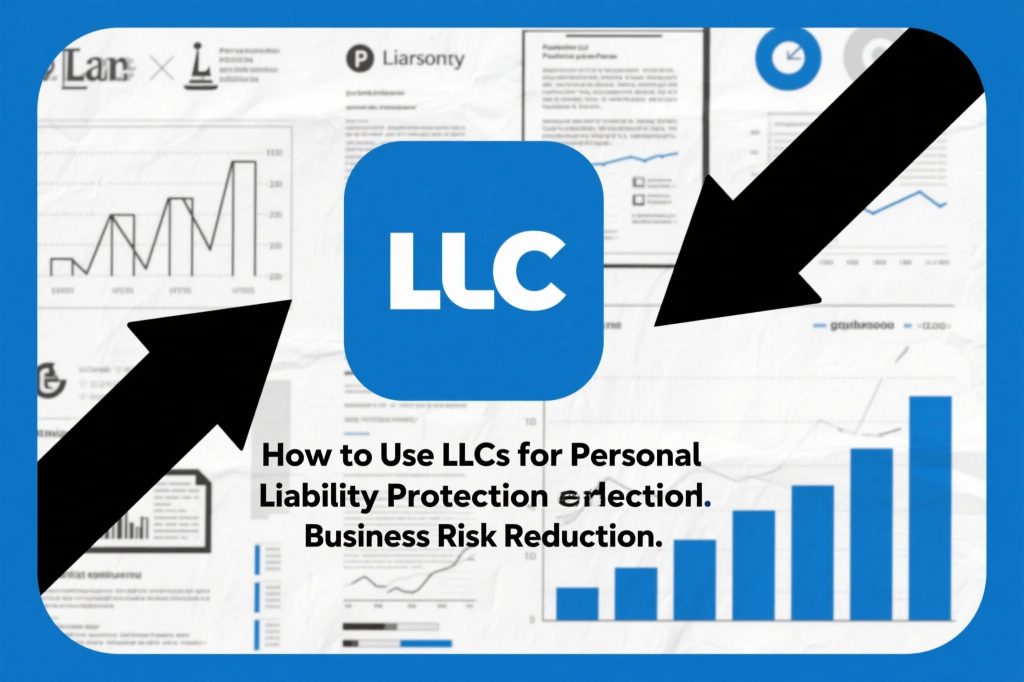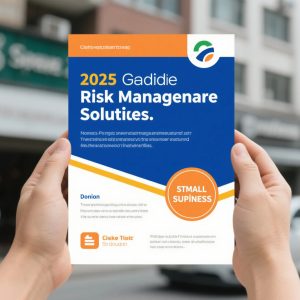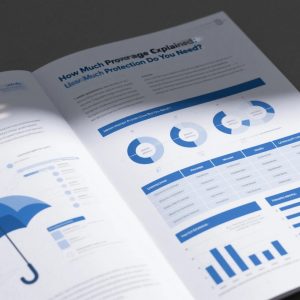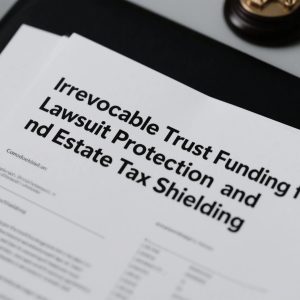The Foundational Power of Proper LLC Structuring
When implemented correctly, LLC asset shielding provides one of the most robust forms of business liability protection available to entrepreneurs. The limited liability company structure creates a legal barrier between personal assets and business obligations, but this protection isn’t automatic. Savvy business owners must understand that courts can “pierce the corporate veil” if proper formalities aren’t maintained. This means keeping business and personal finances completely separate, maintaining detailed records, and ensuring all company actions are properly authorized.
The flexibility of LLCs allows for creative applications that go beyond basic limited liability strategies. For instance, holding different types of assets in separate LLCs prevents a single lawsuit from jeopardizing your entire business empire. Real estate investors commonly use this approach, placing each property in its own LLC while maintaining a management LLC to handle operations. This compartmentalization limits exposure to the assets within any single entity while allowing centralized control of the overall enterprise.
Advanced Membership Structures for Enhanced Protection
Beyond basic single-member LLCs, more sophisticated membership arrangements can significantly strengthen your LLC asset shielding strategy. Multi-member LLCs with properly drafted operating agreements often provide stronger protection against creditor claims than single-member entities. Some states offer additional protections for manager-managed LLCs compared to member-managed structures, creating another layer of separation between ownership and control.
For family businesses, consider creating a family LLC as part of your comprehensive asset protection plans. These structures allow you to maintain control while distributing membership interests to heirs, effectively removing those assets from your personal balance sheet. The charging order protection available in many states means creditors of individual members typically can’t force distributions or take control of the LLC – they only receive distributions if and when the LLC makes them.
Insurance Integration with LLC Protection
While LLCs provide excellent structural business liability protection, they should never serve as your only line of defense. A comprehensive approach integrates your entity structure with appropriate insurance products as part of broader risk management compliance. General liability insurance, professional liability coverage, and umbrella policies work in concert with your LLC to create multiple barriers against claims.
The most effective limited liability strategies use insurance to handle smaller, more likely claims while reserving the LLC structure as protection against catastrophic judgments. This layered approach proves particularly valuable in industries prone to litigation, where even frivolous lawsuits can become expensive to defend. Remember that some contracts may require specific insurance coverage regardless of your LLC status, so always review contractual obligations carefully.
State-Specific Considerations for Maximum Protection
Not all states offer equal LLC asset shielding protections. Delaware, Nevada, and Wyoming have particularly strong LLC laws that make piercing the corporate veil more difficult for creditors. Many business owners choose to form their LLC in one of these states while operating in their home state as a foreign LLC. However, this strategy requires careful implementation to avoid creating unnecessary complexity or tax consequences.
Your asset protection plans should also consider state-specific rules regarding charging order protections, single-member LLC treatment, and series LLC availability. Some states have adopted the Uniform Protected Series Act, allowing the creation of “series LLCs” that provide internal liability separation without requiring multiple entity filings. These nuances can significantly impact the effectiveness of your overall protection strategy.

Operating Agreements as Legal Armor
The LLC operating agreement serves as the foundation of your business liability protection structure. A well-drafted agreement should include provisions that strengthen your limited liability strategies, such as indemnification clauses for members and managers, clear procedures for capital contributions and distributions, and restrictions on member transfers that could inadvertently invite creditor problems.
For maximum protection, your operating agreement should be customized rather than relying on generic templates. Include specific language about maintaining the LLC’s separateness from members’ personal affairs, documenting all member decisions, and requiring adequate insurance coverage. These provisions demonstrate your commitment to proper corporate formalities, making it harder for creditors to argue that the LLC is just your alter ego.
Banking and Financial Best Practices
Proper financial management is crucial for maintaining effective LLC asset shielding. Always use separate bank accounts for each LLC and never commingle personal and business funds. Pay yourself through formal distributions or salary (depending on tax elections) rather than haphazard withdrawals. These practices not only strengthen your legal protection but also support clean financial records for risk management compliance purposes.
When dealing with multiple LLCs as part of comprehensive asset protection plans, consider creating a centralized accounting system that maintains separation while allowing for efficient management. Each LLC should have its own accounting records, tax filings, and financial statements, even if you manage them all through a single management company or holding structure.
Real Estate and Intellectual Property Considerations
LLCs provide particularly powerful business liability protection for real estate investors and intellectual property owners. For rental properties, placing each asset in its own LLC prevents problems with one property from affecting others. Similarly, creative professionals can isolate different intellectual property assets in separate LLCs to limit exposure from any single work.
When implementing these limited liability strategies, pay special attention to titling and transfer documentation. Real estate must be properly deeded to the LLC, while intellectual property requires formal assignments. Failure to complete these steps correctly can leave assets vulnerable to claims despite your LLC structure. Consider consulting with specialists in these asset classes to ensure full protection.
Ongoing Maintenance and Compliance
Your LLC’s LLC asset shielding capabilities depend on consistent maintenance. This includes annual filings, timely tax payments, regular member meetings (documented in writing), and updates to your operating agreement as business needs evolve. Many states require annual reports or franchise tax payments – missing these deadlines can jeopardize your good standing and potentially your liability protection.
As part of your broader risk management compliance program, conduct quarterly reviews of your LLC’s legal and financial health. Verify that all contracts are properly executed in the LLC’s name, that insurance policies remain adequate, and that no actions have inadvertently compromised your entity’s separateness. This proactive approach prevents small oversights from becoming major vulnerabilities.
Multi-Tiered Entity Structures
For businesses with significant assets or higher liability risks, single LLCs may not provide sufficient protection. Layered entity structures create additional barriers as part of comprehensive asset protection plans. A common approach involves creating a holding LLC that owns operating LLCs, with the holding company maintaining clean assets separate from day-to-day business risks.
These sophisticated limited liability strategies require careful planning to avoid unnecessary complexity or tax consequences. The holding company should have its own bank accounts, records, and formalities, even if it doesn’t conduct active business operations. Properly implemented, this structure can isolate liabilities in the operating companies while protecting the holding company’s assets from business creditors.
Addressing Common LLC Vulnerabilities
Even well-structured LLCs have potential weaknesses in their business liability protection that owners must address. Personal guarantees on loans or leases bypass LLC protection entirely, exposing your personal assets. Contractual liabilities assumed in your individual capacity rather than as an LLC member can create similar vulnerabilities.
Mitigate these risks as part of your overall risk management compliance by negotiating to limit personal guarantees whenever possible and clearly indicating your representative capacity when signing documents. Over time, as your business establishes credit and relationships, you can often renegotiate agreements to remove personal liability provisions that were initially required.
Integrating LLCs with Estate Planning
Your LLC asset shielding strategy should coordinate with your estate plan to ensure seamless wealth transfer while maintaining protection. Family LLCs can facilitate generational transfers while keeping assets protected from beneficiaries’ potential creditors. Properly structured, these entities allow you to maintain control during your lifetime while providing for an orderly transition.
When incorporating LLCs into your asset protection plans, work with professionals who understand both business law and estate planning. The operating agreement should address succession issues, while your overall plan should consider how the LLC interests will be treated in your will or trust. This integrated approach prevents protection gaps that could emerge during ownership transitions.
Responding to Legal Threats
If your LLC faces a lawsuit despite your limited liability strategies, proper response is crucial to maintaining protection. Immediately notify your insurance providers and avoid any actions that could be interpreted as acknowledging personal liability. Never use personal funds to settle business liabilities without explicit legal advice regarding the consequences.
Your attorney should emphasize the LLC’s separate identity throughout any legal proceedings. This includes demonstrating consistent adherence to corporate formalities, proper capitalization, and arms-length dealings between the LLC and its members. Documentation proving your risk management compliance can be decisive in preserving your personal asset protection.
The Future of LLC Protection Strategies
As legal landscapes evolve, so too must your LLC asset shielding approaches. Emerging trends include increased scrutiny of single-member LLCs, new reporting requirements under the Corporate Transparency Act, and developing case law regarding charging order protections. Staying informed about these changes ensures your business liability protection remains effective.
Forward-thinking business owners are already adapting their asset protection plans to address digital assets and remote work considerations. Crypto holdings may require specialized LLC structures, while distributed workforces necessitate reviewing which states’ LLC laws govern various operations. Regular consultation with legal professionals helps identify these emerging issues before they become problems.
Implementing Your LLC Protection Plan
Begin your limited liability strategies by assessing current vulnerabilities and desired protection levels. For most businesses, this starts with forming the LLC, drafting a strong operating agreement, and establishing proper financial systems. As your assets grow, consider layering additional entities and protections to match your increased exposure.
Remember that effective risk management compliance is an ongoing process, not a one-time event. Schedule annual reviews with your legal and financial team to ensure your LLC structures continue to provide optimal protection as your business evolves. With proper implementation and maintenance, your LLC can serve as both a powerful business tool and a robust shield for your personal assets.





